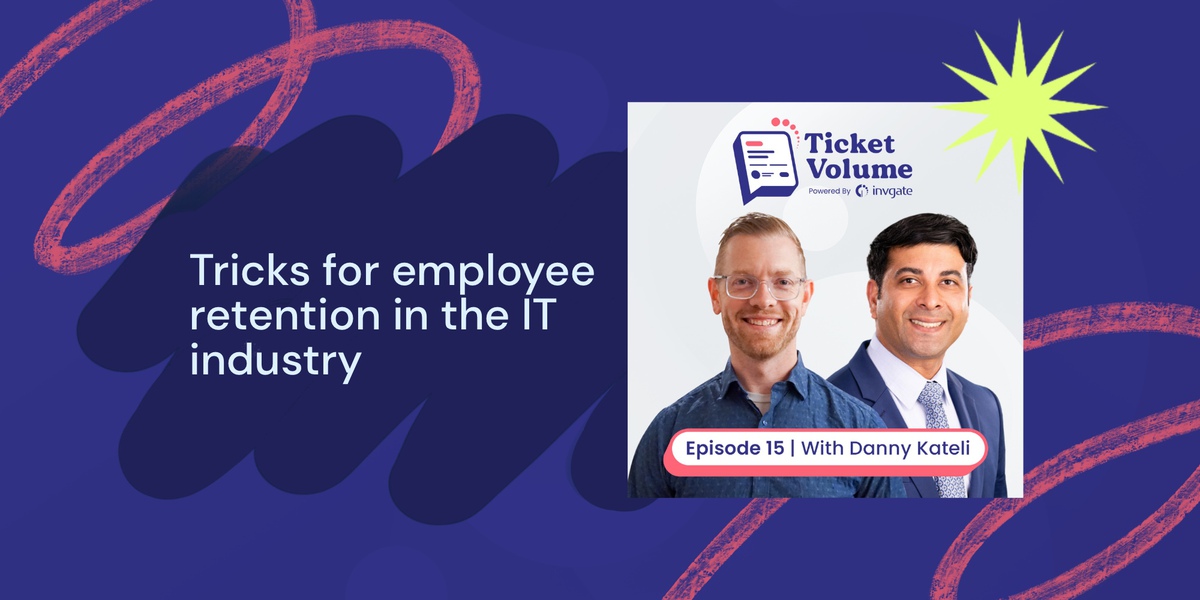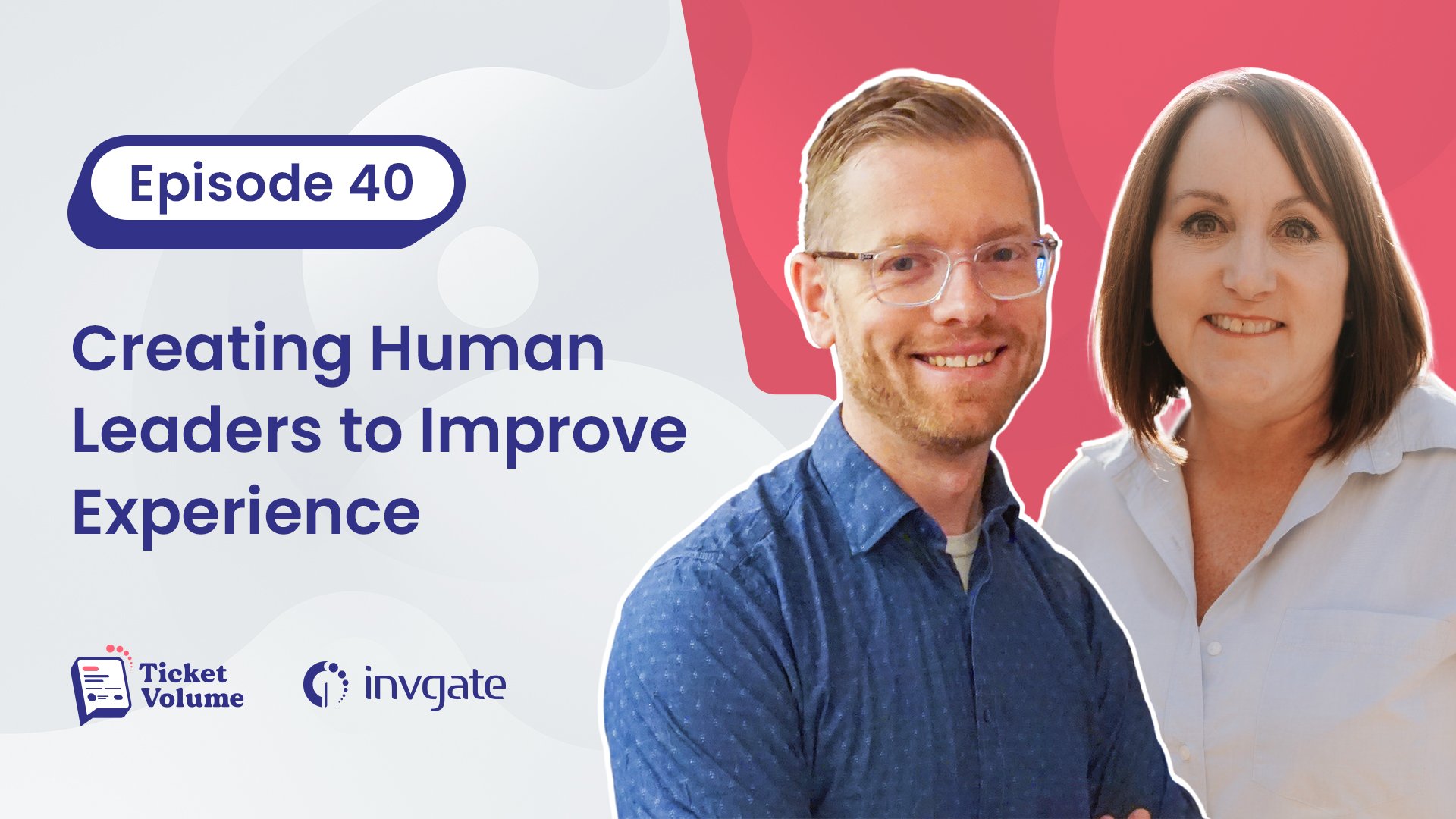The Great Resignation has shaken up the job market, with millions quitting their jobs in search of better opportunities.
Now, companies are realizing that investing in employee development is no longer just a "nice-to-have"—it's an essential strategy for attracting, retaining, and empowering top talent.
The data is clear: organizations that prioritize upskilling and reskilling their workforce are far more likely to thrive.
The future of work demands agile, adaptable teams who are lifelong learners. Companies that fail to nurture their employees' growth risk being left behind.
In this article, we'll explore the key reasons why employee development is critical for business success and staying competitive.
What is employee development?
Employee development refers to the process of nurturing staff members' professional growth by expanding their skill sets. This approach aims to enhance existing abilities and cultivate new ones that align with organizational objectives.
While an employee development plan requires an investment of resources, its long-term benefits often outweigh the initial costs.
Continuous learning opportunities allow employees to gain new skills, tools, and knowledge, which will help them to be more productive and do their jobs better. Training employees also helps them stay up-to-date on the latest industry best practices that can be implemented to optimize processes and workflows. This directly translates to improved individual and organizational performance.
Why employee development is key to business success
-
Employee development is critical for company growth and long-term success.
-
Companies must invest in employee development to stay competitive in today’s work environments.
-
New skills are essential for the future of work, as 85% of jobs that will exist in 2030 have yet to be invented.

Benefits of employee development
Increased employee engagement and motivation
A robust employee development program can transform the workplace atmosphere. When employees feel invested in, they're more likely to reciprocate with increased commitment and enthusiasm. This heightened engagement manifests in various ways:
-
Improved problem-solving: Employees with diverse skill sets (including both hard and soft skills) approach challenges from multiple angles, leading to more innovative solutions.
-
Greater autonomy: As employees develop new competencies, they become more self-reliant, reducing the need for constant supervision.
-
Enhanced collaboration: Shared learning experiences foster stronger bonds between team members, improving overall workplace dynamics.
Cost savings through reduced staff turnover
The financial implications of employee turnover extend far beyond the obvious recruitment and training costs. Hidden expenses such as lost productivity, decreased employee morale, and potential client dissatisfaction can significantly impact the bottom line.
The median cost of replacing a worker who lacks the requisite skills is around 21% of that employee’s salary. Training and retaining employees can be more cost-effective than constantly hiring new employees. 94% of employees say they'd stay at a company longer if it invested in their learning and development.
Through effective employee development methods and programs, companies can create a more stable workforce:
-
Knowledge retention: Developed employees are repositories of institutional knowledge, preserved when they stay with the company.
-
Employer branding: A strong development program enhances the company's reputation, making it easier to attract top talent when hiring is necessary.
-
Internal mobility: Offering growth opportunities within the organization reduces the likelihood of employees seeking advancement elsewhere.

Greater competitive advantage and improved company culture
A culture of learning and knowledge-sharing across the organization can make it more competitive and agile. A culture of continuous learning can become a powerful differentiator in the marketplace. It enhances the company's ability to innovate and adapt and shapes its identity as an employer of choice.
Companies known for their learning cultures, such as Google and Amazon, consistently rank among the most desirable employers. This reputation allows them to attract and retain top talent, further solidifying their market position. Over 80% of hiring managers believe employee training is positive in attracting the right candidates.

Creating an effective employee development program
Evaluating company goals and creating employee-specific plans
Formulating an effective employee development program starts with an analysis of the missing skills and the skills gap. It will require a delicate balance between organizational objectives and individual aspirations. This alignment process involves the following:
-
Skills gap analysis: Identifying the disparity between current capabilities and future needs.
-
Personal development plans: Crafting tailored growth strategies for each employee.
-
Regular reassessment: Continuously evaluating the program's effectiveness and making necessary adjustments.
Providing development opportunities and offerings
A one-size-fits-all approach to development is rarely effective. Instead, organizations should offer a variety of learning pathways to cater to different learning styles and various career development goals. This might include:
-
Experiential learning: Hands-on projects that allow employees to apply new skills in real-world scenarios.
-
Micro-learning: Bite-sized, on-demand learning modules that fit into busy schedules.
-
Cross-functional assignments: Opportunities to work in different departments or roles to broaden perspective.
Professional development and career growth opportunities
Employee own development efforts should be closely tied to career development. This linkage helps employees see a clear path forward within the organization, increasing retention and motivation. Many companies complement these strategies with equity-based incentives for executives, which align leadership’s interests with long-term organizational success. Effective strategies include:
-
Career mapping: Helping employees visualize potential career paths within the company.
-
Skill-based promotions: Recognizing and rewarding the acquisition of new competencies.
-
Leadership development programs: Preparing high-potential employees for future management roles.
Organizations that implement these strategies often see a significant increase in internal promotions. For instance, Uber has developed a robust internal mobility program, with 30-40% of its hires coming from internal movement in a typical year. Internal mobility is a key driver of employee retention and engagement for the company.
Unlocking Career Progression
Discover the strategies to lifelong learning and evolvement in IT
Download for free
Employee development methods
Peer learning
Leveraging internal expertise can be a powerful and cost-effective development strategy. This approach fosters a culture of knowledge sharing and collaboration, leading to:
-
Improved communication across departments
-
Breaking down of organizational silos
-
Accelerated problem-solving through diverse perspectives
Mentorship programs pair experienced senior employees with newer or junior staff members. The goal is for the mentor to share their knowledge, provide guidance, and help the mentee develop both professionally and personally. Shadowing involves an employee spending time observing and learning from a more experienced colleague. It is a great technique to facilitate the transfer of institutional knowledge for employees learning new roles and exposing them to new areas of the business.
Companies like Pixar have made peer learning a cornerstone of their culture, contributing to their consistent innovation and success in the competitive animation industry.
Formal training and knowledge sharing
While informal learning is valuable, structured training and development programs remain crucial for addressing specific skill gaps and ensuring consistent knowledge dissemination. Effective formal training programs often include:
-
Customized e-learning platforms
-
Partnerships with educational institutions for specialized courses
-
Internal "universities" or learning centers
Overcoming common challenges
Cost and resource constraints
Implementing an effective employee development program can be resource-intensive, but there are strategies to maximize impact while minimizing costs:
-
Leverage internal expertise: Encourage skilled employees to lead workshops or mentor others, reducing the need for external trainers.
-
Use free or low-cost online resources: Take advantage of MOOCs (Massive Open Online Courses) and educational platforms like Coursera or edX.
-
Implement a learning management system (LMS): This can streamline content delivery and track progress efficiently.
-
Adopt a blended learning approach: Combine self-paced online modules with periodic in-person sessions to balance flexibility and engagement.

Managing employee expectations and feedback
Clear communication and continuous improvement are key to managing expectations:
-
Set realistic goals: Align development opportunities with both individual aspirations and organizational needs.
-
Establish regular check-ins: Schedule periodic discussions to assess progress and adjust plans as needed.
-
Gather feedback regularly: Use surveys, focus groups, and one-on-one meetings to gather insights and refine the program.
-
Celebrate milestones: Recognize and reward employees for their development achievements through thoughtful gestures. For instance, you could try employee awards options, such as personalized rewards or holiday gifts, to maintain motivation.
Onboarding and developing new employees
Effective onboarding sets the stage for ongoing employee development opportunities:
-
Create a structured onboarding program that extends beyond the first week.
-
Assign mentors to new hires to provide guidance and support.
-
Offer role-specific training modules to bring new employees up to speed quickly.
-
Introduce new hires to the company's learning culture and available development resources.

Measuring success and ROI
Evaluating program effectiveness and impact
To justify investment in development programs, it's crucial to demonstrate their impact:
-
Align metrics with business objectives, e.g., increased sales and improved customer satisfaction.
-
Measure productivity improvements: track changes in output or efficiency.
-
Assess innovation outcomes: monitor new ideas or process improvements generated.
-
Evaluate leadership pipeline strength: track internal promotion rates and leadership readiness.
Employee growth and development metrics
Key metrics to monitor the success of your employee development programs include:
-
Skill acquisition rates: measure the speed and proficiency of new skill development.
-
Employee engagement scores: track changes in motivation and satisfaction.
-
Internal mobility rates: monitor promotions and lateral moves within the organization.
-
Knowledge sharing indicators: assess the spread of expertise across teams and departments.

Best practices
Fostering a culture of continuous learning and growth
Creating a culture of continuous learning isn't just about offering training programs; it's about weaving the spirit of growth and development into the very fabric of your organization.
This starts at the top, with leaders who embody a growth mindset and actively pursue their own development. When employees see their managers and executives constantly learning and evolving, it sends a powerful message about the value of ongoing education.
One effective approach is to integrate learning opportunities into daily work routines. This could mean setting aside time for regular knowledge-sharing sessions, where team members can present new skills they've acquired or interesting industry developments they've encountered.
It's also about creating an environment where asking questions and seeking help is encouraged rather than seen as a sign of weakness.
Another key aspect is recognizing and celebrating learning achievements. This doesn't have to be limited to formal certifications or completed courses. Acknowledge when an employee applies a newly learned skill to solve a problem or when someone goes out of their way to teach a colleague.
Encouraging passion projects and innovation
Passion projects can be a goldmine of innovation, business growth, and employee engagement. When people work on things they're genuinely excited about, their creativity and productivity often soar. However, implementing a successful passion project program requires more than just giving employees free time.
Start by creating clear guidelines about how passion projects should align with company goals, even if the connection isn't immediately obvious. This helps ensure that the time invested ultimately benefits both the employee and the organization. You might consider setting up a pitch process where employees can present their ideas and get feedback and support from leadership.
It's also crucial to provide resources beyond just time. This could include access to mentorship, funding for prototypes, or the ability to form cross-functional teams. The key is to show that the company is genuinely invested in these projects and their potential outcomes.
Remember, not all passion projects will lead to groundbreaking innovations, and that's okay. The process itself is valuable, fostering skills like project management, creative problem-solving, and entrepreneurial thinking. Even "failed" projects often yield unexpected benefits in terms of learning and team building. To maximize the impact of passion projects, consider hosting regular showcases where employees can share their work.
Final thoughts
Employee development drives innovation, enhances adaptability, and contributes significantly to employee satisfaction and retention. As organizations face unprecedented challenges and opportunities, investing in employee growth becomes a key differentiator in market competitiveness and long-term success.
Creating an effective employee development program requires a holistic approach that balances organizational needs with individual aspirations. It demands commitment from leadership, clear communication of expectations, and a willingness to adapt based on feedback and results.
Organizations that prioritize employee development will be uniquely positioned to thrive, innovate, and lead in their respective industries. Investing in human capital through comprehensive development programs is, ultimately, an investment in the future of the organization itself.















